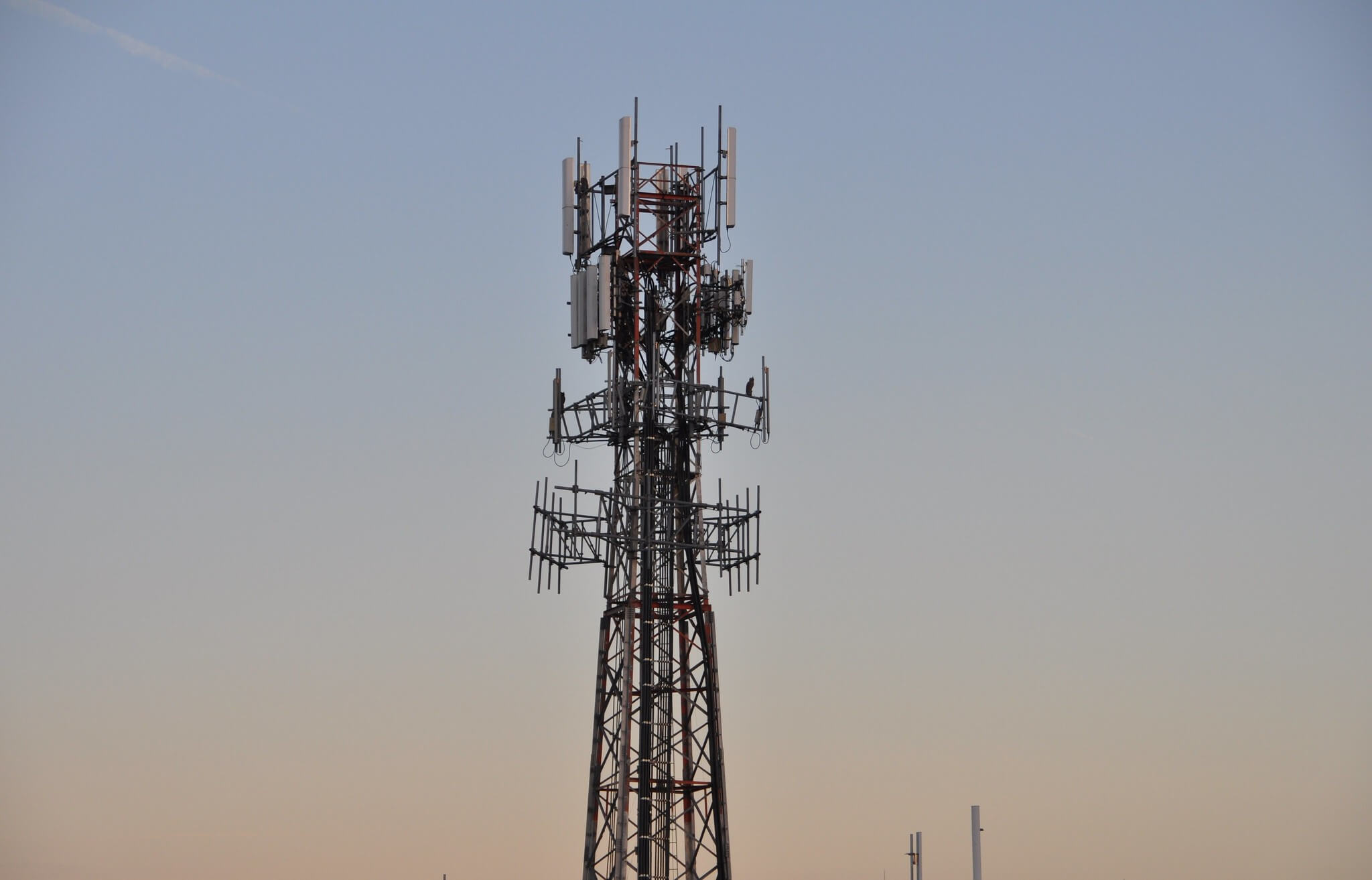Why it matters: Most of today's tech giants are hard at work trying to bring increased convenience in mobile devices, but their biggest pain point is getting their wireless technologies approved by regulators. The battle for spectrum isn't new, but if companies can persuade the FCC to allow unlicensed use of the 6GHz band, it could also help with 5G adoption.
The Federal Communications Commission has a new headache: several tech companies are petitioning for an extra Wi-Fi band that can be used without going through a complex mix of licensing and regulatory restrictions that typically comes with it. Their main argument is that for AR/VR gadgets, 4K streaming and data tethering to take off, they need a chunk of spectrum available for unlicensed use.
As some of you may know, traditional Wi-Fi technology has been using the unlicensed 2.4GHz and 5GHz bands, and 6GHz would have been a natural extension of that. The FCC did propose rules to govern a portion of 1,200Mhz for both licensed and unlicensed use last year but was met with criticism by telecom companies, who are using 6GHz antennas for something called "backhaul" - essentially the links between mobile towers and the core, wired network.
CTIA, who represents the wireless communications industry, argues that there is a lot of potential for communication interference under the proposed rules and that the U.S. would be better off licensing the 6GHz band to carriers so that it may lead the world in 5G connectivity.
This concern is however addressed in the letter sent to the FCC by Apple, Google, Microsoft, Facebook, Broadcom, Qualcomm, HP, Intel and Marvel. Apparently, a technique called Automatic Frequency Coordination (AFC) can solve that problem, albeit with the added cost of registering devices in a database.
It's worth noting the companies want to make use of the 6GHz band in very-low-power (VLP) mobile devices that are far enough from microwave antennas to prevent any interference, even at close range. Couple that with the fact that the signal is too weak to pass through people or objects, and you have a compelling argument for VLP devices operating anywhere in that 1,200MHz chunk of spectrum that FCC wants to free up for unlicensed use.
Still, the reason why those companies want to use that is presented in the letter - they could achieve speeds of up to 2Gbps at three meters on a single 160Mhz channel. Things get confusing when the nine tech giants pitch the idea as important for 5G adoption, where devices like AR glasses, 4K streaming need that performance to become commonplace.
Whether or not you believe in 5G or Wi-Fi 6, they both have advantages and disadvantages - with the first being expensive and requiring you to pay for a data plan, and the other being relatively cheap but limited range. Companies like Apple have yet to unveil their consumer AR glasses, but if FCC is persuaded by the joint letter, that moment may be close.
Image credit: Cell Tower at Sundown by Carl Lender
